
|
|
|
|
|
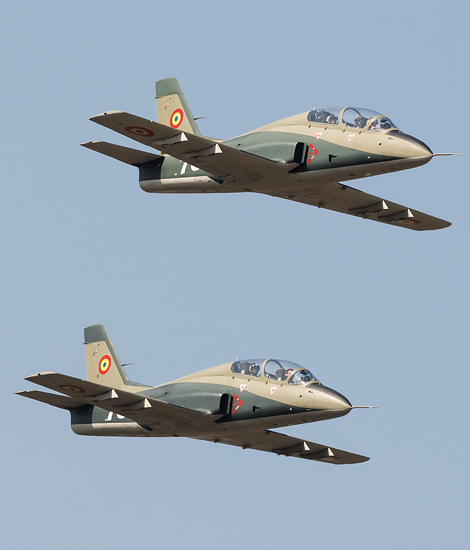
|
Preparations for the F-16; Mikhail-Kogelnichanu, September 17, 2015
The Romanian Air Force, part 10; Text and Photograph's by Alex van Noye
Since Romania joined the NATO, many things have been changed in the country. The largest change in the Romanian Air Force is the purchase of American Lockheed Martin F-16 Fighting Falcon. Romania has bought twelve F-16s from the Portuguese Air Force. The F-16 will eventually enter service in Romania in 2016.
Since 2007 Romania started a project to look around for the replacement of the MiG-21 LanceR C. The LanceR is nowadays an aircraft which is becoming outdated and the airframes are starting to degrade. In addition, Romania has the ambition to integrate more and more within the NATO structure. Initially, plans were set up to purchase more than 40 single seat fighters and four dual-seat fighters. The candidates for this possible contract were the Eurofighter Typhoon, the Lockheed Martin F-16 and the Saab Gripen. After a long discussion and evaluation, it was decided that the purchase of the F-16 Fighting Falcon would be the best option for the Romanian Air Force. Eventually it was decided by the Romanian government to purchase twelve former Portuguese Air Force F-16s. On October 10, 2013, the contract was signed for the delivery of these twelve fighters to the Romanian Air Force. Portugal had actually only nine aircraft for sale and therefore it bought another three aircraft from the United States to bring the number to twelve F-16s for the Romanian Air Force. A deal of 600 million Euros was signed between the two countries. This contract also included a modernization program for the F-16s. It is expected that the first F-16s will be delivered by the Portuguese Air Force at the beginning of 2016. The newly purchased American F-16s will be temporarily registered at the Força Aérea Portuguesa (FAP) before they will receive a Romanian serial number.
Despite the fact that the deal for the purchase of the F-16 has been signed, there are still parties in the country who are criticizing this military deal. There are parties in both Romania and abroad who believe that the country cannot bear the costs of operating a jet like the F-16 Fighting Falcon. Proponents argue that the F-16 is one of the cheaper aircraft per operational flight hour compared to many other modern fighter aircraft. The first pilots are currently already in training in Portugal. The pilots Captain Commander Andrei Constantin and Captain Commander Cătălin Micloş made their first solo flight
|
|
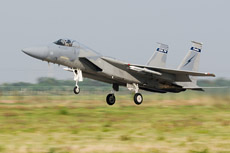
|
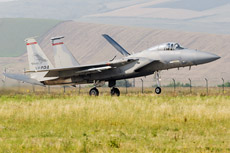
|
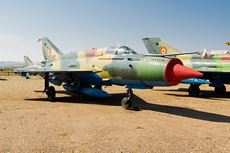
|
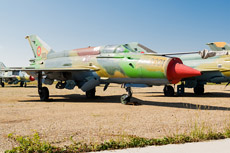
|
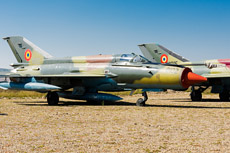
|
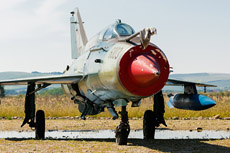
|
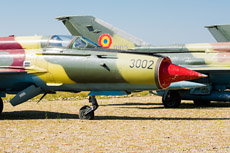
|
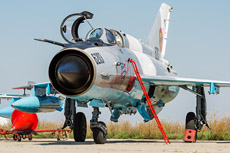
|
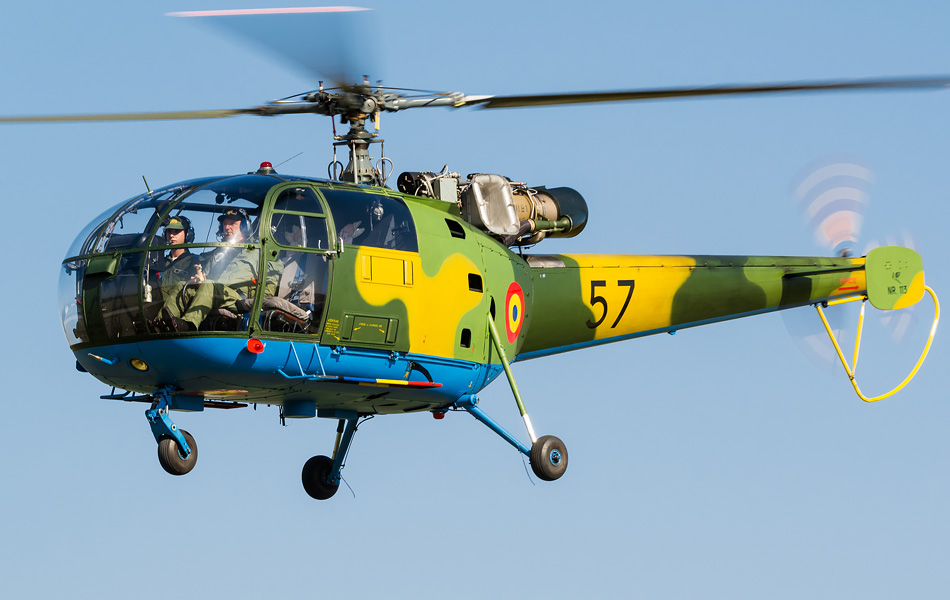
|
on the F-16 on November 26, 2014. These pilots are for their training in Portugal where they will be trained at the airbase Monte Real in the west of the country. The Romanian crews prepare the transfer of twelve fighters from the Portuguese Air Force to the Romanian Air Force at this Portuguese airbase. The two Romanian pilots are from the 71st Air Base Campia Turzii and both have more than 15 years of flying experience. Both pilots have each more than 1,100 flying hours on the clock, of which about 900 on the MiG-21 LanceR. Also have both pilots flown during the Baltic Air Policing mission in 2007. The detachment of the Romanian Air Force in Monte Real consists of 23 people and includes engineers and technical specialists in planning. The program is in Portugal executed in several phases over a period of about two years. The rest of the training will be done in Romania.
After an evaluation and study for the best location, Romania has decided in May 2015 which airbase will become the home base for the new F-16 fleet. The airbase which was chosen for this is Baza 86 Aeriana Fetesti-Borcea. This air base is strategically located between Constanta near the Black Sea at a distance of 77 km and the capital Bucharest further to the west at a distance of 130 km. Fetesti is an air base with only one runway which is constructed from the north to the south and has a large taxi track parallel to it. The majority of this taxi track is in a poor condition and does not meet the NATO standards. Fetesti will be rebuilt at a cost of at least 32 million Euros of which the majority is funded by NATO. The new F-16 squadron is compensated financially in this way, because Romania lies for the NATO in an important region in Europe. The announcement of this location for the future F-16 base was made by the Romanian Government on May 13, 2015. Fetesti will be drastically modernized in 2015 in order to prepare the airfield for the F-16 Fighting Falcon. Buildings such as hangars, shelters, fuel and ammunition bunkers are all updated. The entire infrastructure of Fetesti is renewed. The airbase will receive a new runway and the taxi track and aprons will be renewed as well. After this renovation Fetesti is a modern western airbase and should be well able to accommodate all the detachments of NATO. It is intended that the Romanians will reach the operational status with their F-16s and their crew's in 2016. The Romanian Air Force did a lot of work in a short time frame to get the F-16 operational with the necessary help of the Portuguese Air Force.
In May and June 2015, four Portuguese F-16s flew from Baza 71 Aeriana Campia Turzii during a joint exercise. The four Portuguese F-16s were from Monte Real and were deployed here as part of the joint training mission Falcon Defense 2015. It is initially intended that the F-16 will operate next to the MiG-21 LanceR C. Eventually the F-16 will take over the tasks of the MiG-21 and the MiG-21 will be retired from service. The purchase of the F-16 has been realized and the training of the pilots is progressing well. The Romanian government has already presented plans to purchase another twelve F-16s. These F-16s will be second-hand aircraft as well. The F-16s which are going to operate for the Romanian Air Force are all first brought to the MLU standard before they enter service. It is not yet clear which party will deliver the additional F-16s to the Romanian Air Force. It is obvious that these aircraft are going to be provided by the United States. If any provision of this additional equipment will take place is far from decided. For now, the Romanians have their hands full on bringing the current twelve aircraft to an operational state. With the arrival of the F-16 Romania will become a country which is able to perform all the tasks which are needed within the NATO structure. The country made a large step forward and it made a lot of effort to reach this status. In just 20 years the country has transformed itself from a Warsaw Pact member to a full member of NATO.
|
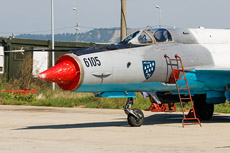
|
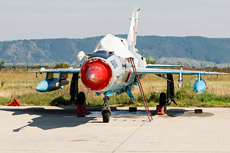
|
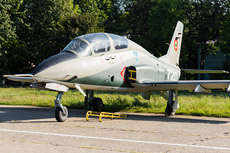
|
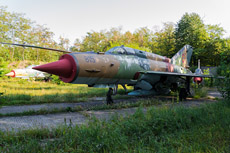
|
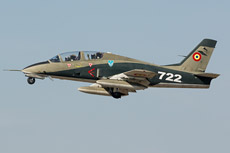
|
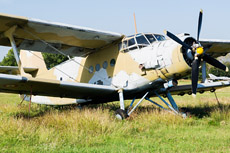
|
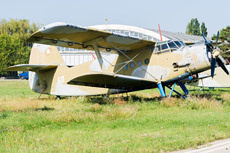
|
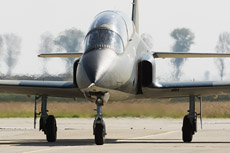
|
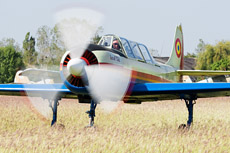
|
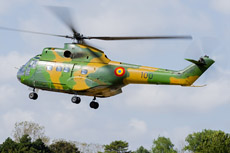
|
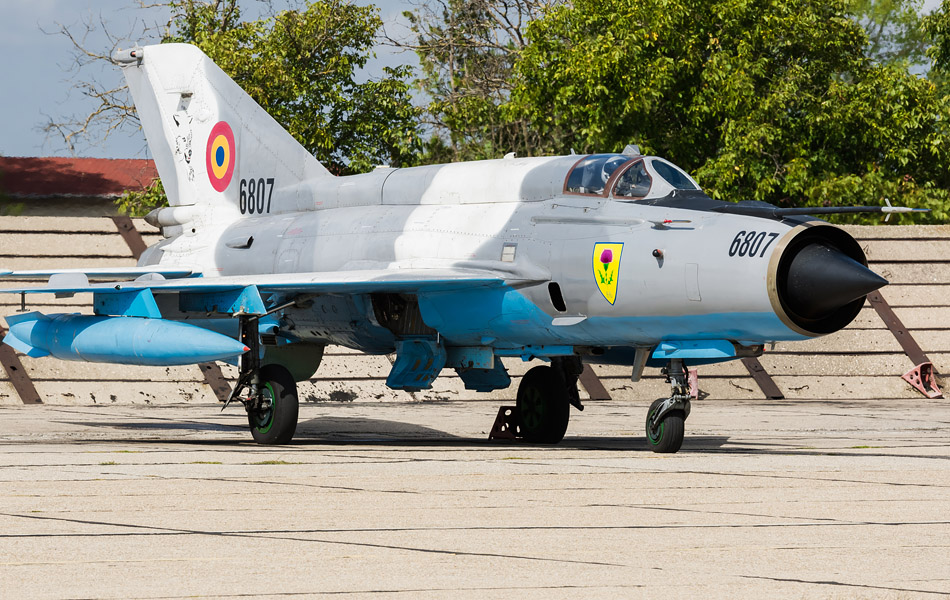
|

|
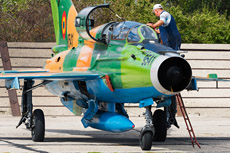
|
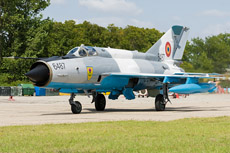
|
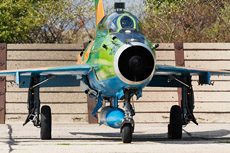
|
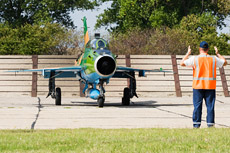
|
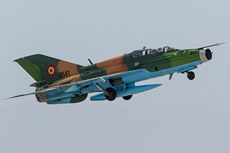
|
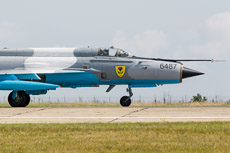
|
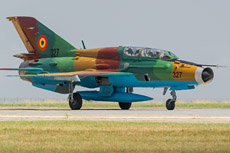
|
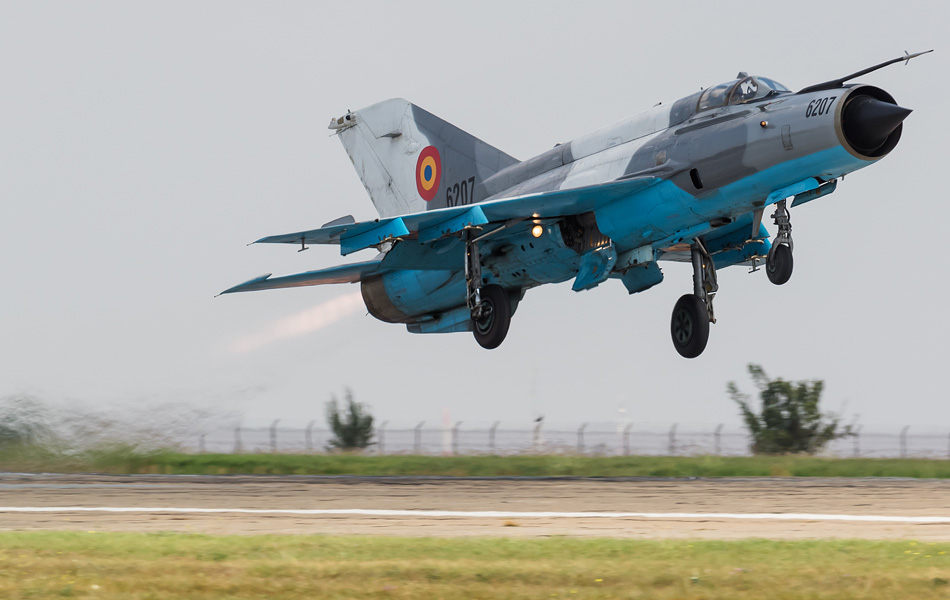
|
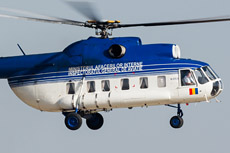
|
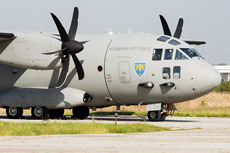
|
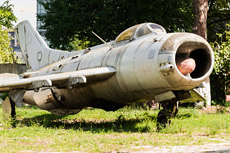
|
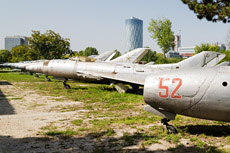
|
|
|

|







